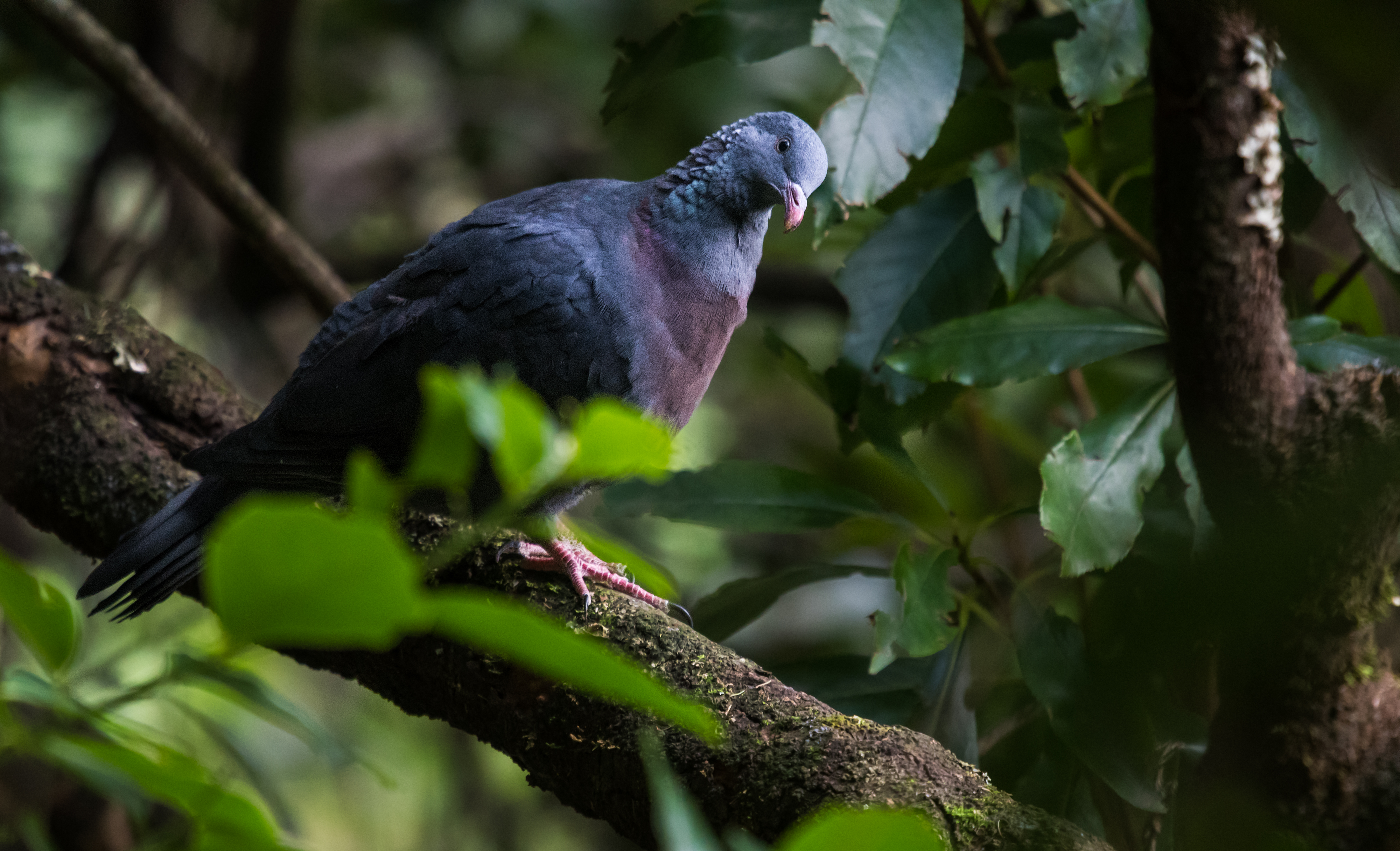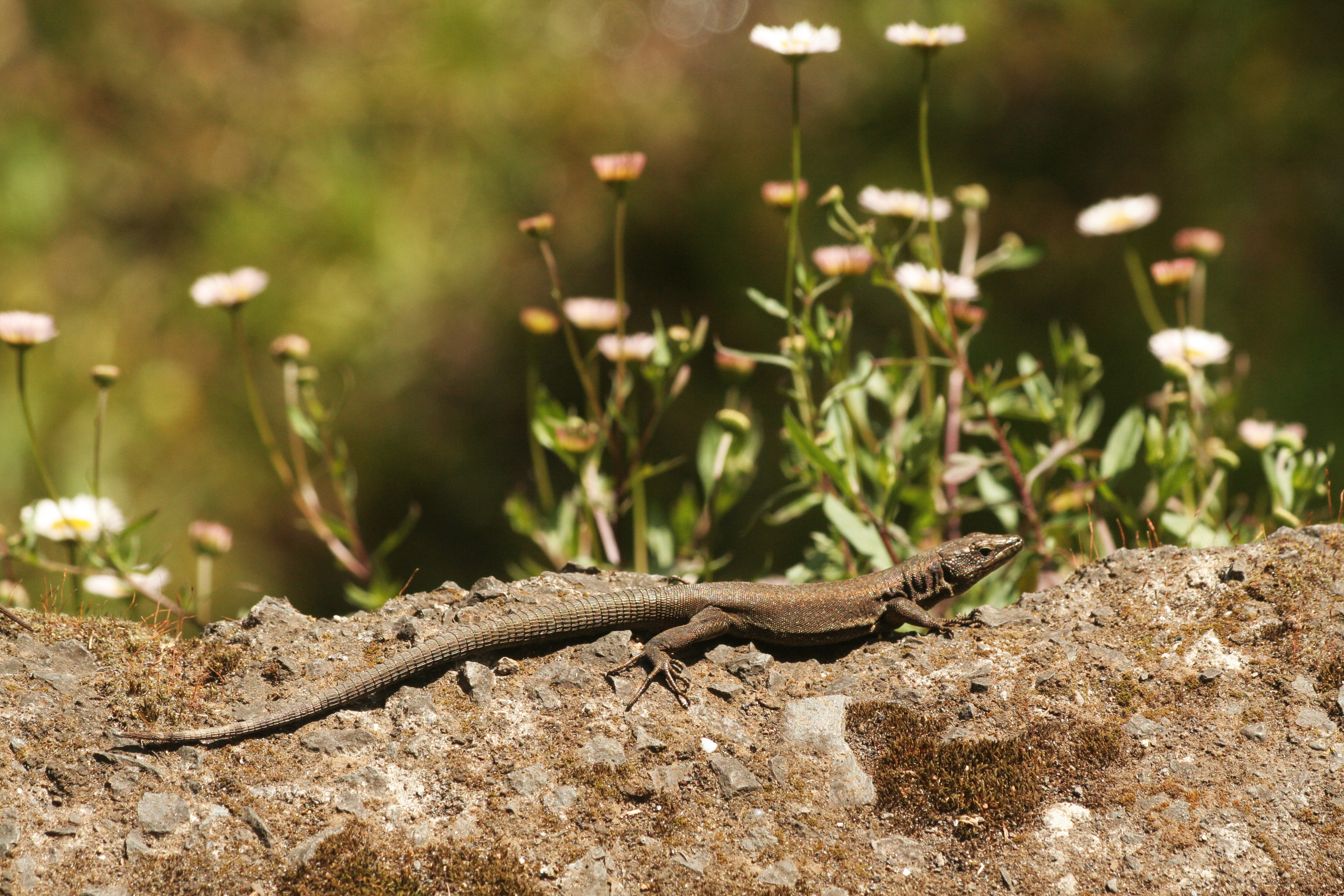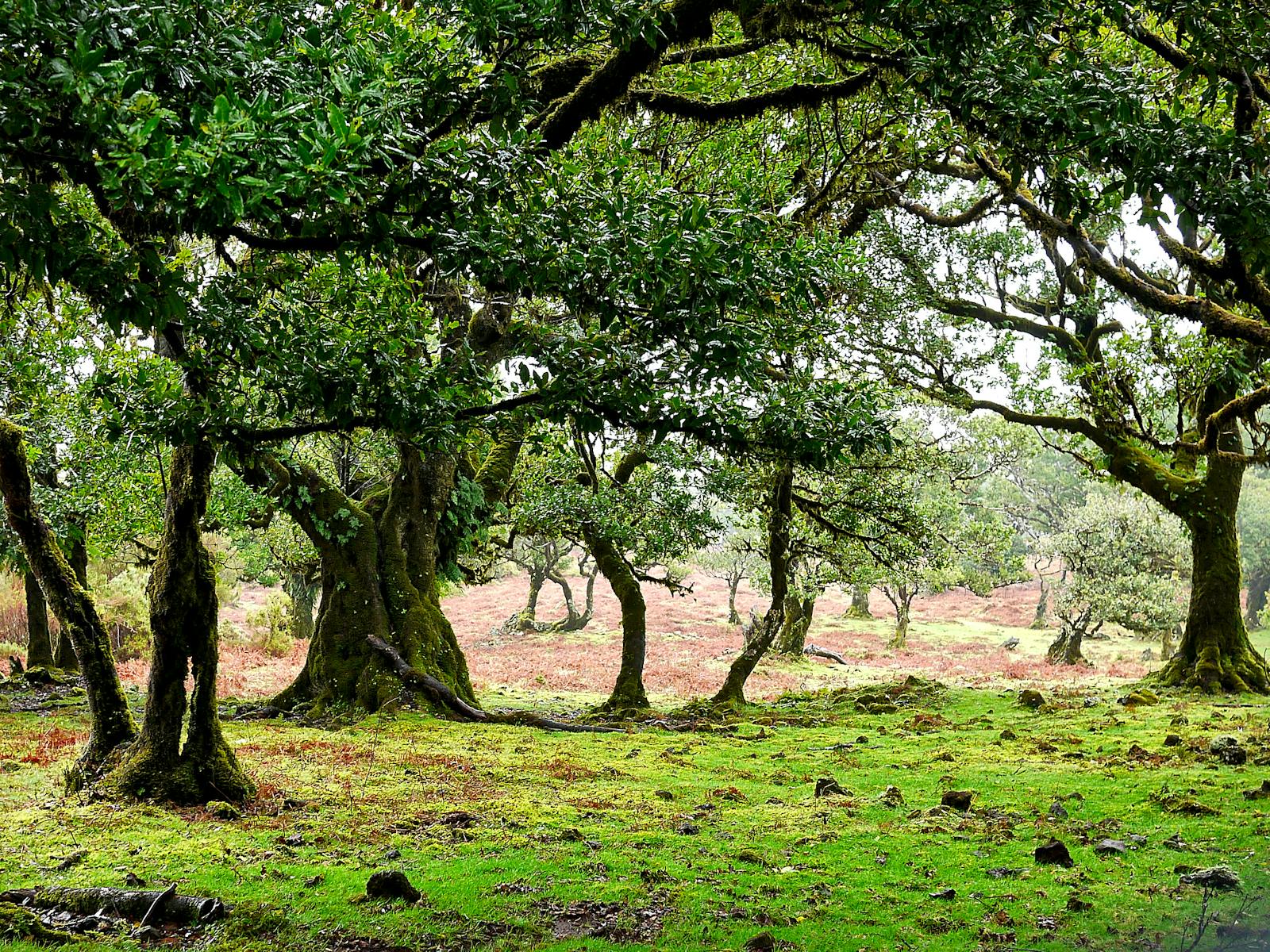Madeira Evergreen Forests
The ecoregion’s land area is provided in units of 1,000 hectares. The conservation target is the Global Safety Net (GSN1) area for the given ecoregion. The protection level indicates the percentage of the GSN goal that is currently protected on a scale of 0-10. N/A means data is not available at this time.
Bioregion: Madeira Evergreen Island (PA22)
Realm: Southern Eurasia
Ecoregion Size (1000 ha):
82
Ecoregion ID:
668
Conservation Target:
63%
Protection Level:
9
States: Portugal
This volcanic archipelago hosts the largest surviving stand of laurel forest or “laurisilva”, which 14–40 million years ago extended across much of Southern Europe. This unique subtropical humid forest (very similar to permanent mountain cloud forest) constitutes an extremely important ecosystem type that is rare worldwide. The flora and fauna of this relict forest is quite unique; there are many endemic species including the Zino's petrel and Madeiran long-toed wood pigeon (Trocaz pigeon), the latter of which is mostly restricted to indigenous laurel forests.

The flagship species of the Madeira Evergreen Forests ecoregion is the Madeiran long-toed pigeon. Image credit: Samuel Persson, Creative Commons
Madeira is an archipelago of four islands in the Atlantic Ocean, about 560 km west of Morocco and 978 km southwest of Lisbon. The two main islands, Madeira and Porto Santo, are inhabited; the sub-archipelagos of Desertas and Selvagens are uninhabited. Madeira is the largest (c. 737 km2) and highest island (Pico Ruivo, 1,861 m). The climate is temperate oceanic, and is regulated by a branch of the gulf stream and a high pressure zone called the ‘Azores anticyclone’. Cloud, mists, and fog are common here, particularly at the highest altitudes. There is a fairly balanced annual average temperate around 19°C, and the annual precipitation ranges from 250 to 750 mm.
The Macronesian subtropical laurel forest occurs at altitudes of 300 to 1,300 m on north-facing slopes, mainly in deep gorges or inaccessible inland valleys. The Madeiran laurisilva is the most extensive and well-preserved stand and covers 150 km2, approximately 20% of the island surface. Tall tree species compose the canopy; most belong to the Lauraceae family (Canary laurel, Macaronesian laurel, and Til) and are endemic to Macaronesia.

Teira dugesii. Image credit:H U Kuenle, Creative Commons
Madeira’s flora comprises about 1,226 species of vascular plants, including two endemic genera and over 120 Macaronesian endemic species. Sixty-six of these are strictly endemic to Madeira, for example, Cerastium vagans, Armeria maderensis, and Crambe fruticose. Two birds are endemic to Madeira, one of which is the endangered Zino's petrel (~160 mature individuals) and only breeds on six inaccessible ledges on Madeira.
The other endemic bird is the Trocaz pigeon or long-toed wood pigeon. Several forest areas are also very important for a number of Madeiran subspecies, notably the birds of prey and passerines living within the forest canopy such Madeira chaffinch and Madeira firecrest. More than 500 endemic invertebrates also form part of the laurisilva, including many molluscs, insects, and spiders. There are two rare species of bat and a few near endemics that occur on both Madeira and the Canary Islands. Additionally, the endangered monk seal, with only 350–450 individuals left, has a population in the archipelago of Maderia, estimated at 20–30 adults.
The ecoregion’s native laurisilva forests have been greatly reduced in extent and continue to recover from abuse. Clearance for agriculture, and, to a lesser extent, for road building and urbanization, has contributed to reduction of the natural vegetation cover. Reforestations with non-native species, maritime pine and southern blue gum, are widespread at mid-altitudes. Given the steep topography of Madeira, erosion has become a serious problem in the south of the island, where logging and overgrazing have intensively destroyed vegetation cover.
All the Madeira Laurisilva is completely included within the boundaries of the Madeira Natural Park, which has also been declared a UNESCO-MAB Biosphere reserve. Other protected areas include Cetáceos da Madeira and Maciço Montanhoso Central da Ilha da Madeira sites of community importance, and Ponta de S. Lourenço special protection area.
Invasive species constitute an important threat, mainly at the lowest altitudes of laurisilva distribution. Species such as the Kahili ginger prevent the natural expansion of laurisilva on abandoned rural land. Mismanagement of pastures and grazing, as well as tourism development—mainly urban development—considerably threatens the island vegetation. Introduced herbivores (goats, sheep, and rabbits) constitute a major threat to the Madeira natural vegetation while cats and rats present a major threat to the Madeiran avifauna. The Tropaz pigeon is the major bird pest of the archipelago, causing damage to agricultural fields, and particularly in cabbage crops. This has encouraged the development of illegal methods of control such as hunting and poisoning.
The priority conservation actions for the next decade will be to: 1) control and reduce the spread of invasive alien species, particularly in laurel forests; 2) develop visitor and education programs to raise awareness of the risks of invasive species; and 3) implement strict enforcement to prevent illegal pest control, particularly hunting and poisoning.
Citations
- UNESCO. 2019. Laurisilva of Madeira. [Online]. [Accessed 8 August 2019]. Available from: https://whc.unesco.org/en/list/934/
- Sim-Sim, M., Ruas, S., Fontinha, S., Hedenäs, L., Sérgio, C. and Lobo, C., 2014. Bryophyte conservation on a North Atlantic hotspot: threatened bryophytes in Madeira and Selvagens Archipelagos (Portugal). Systematics and biodiversity, 12(3), pp.315-330.
- WWF. 2019. Madeira Evergreen Forests. [Online]. [Accessed 8 August 2019]. Available from: https://www.worldwildlife.org/ecoregions/pa0425


.png?auto=compress%2Cformat&w=300)

